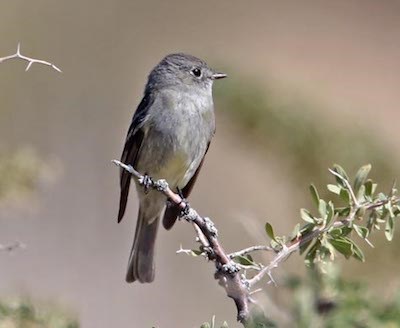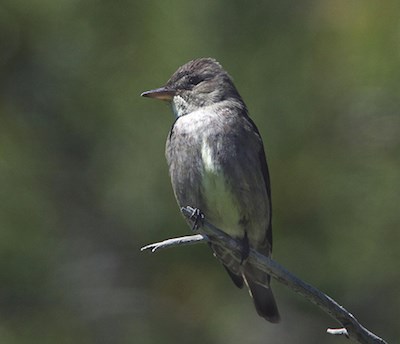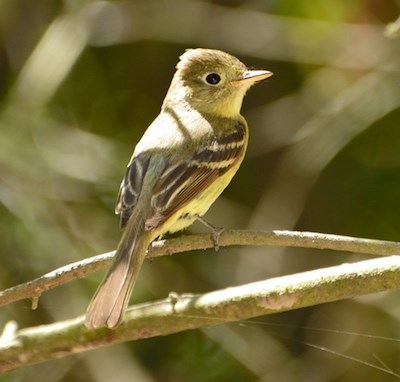|
The flycatchers found in the park belong to the family Tyrannidae, or New World flycatchers (versus Old Word flycatchers in family Muscicapidae). Flycatchers tend to be drab in color and hard to distinguish between species. Flycatchers perch on branches to spot insects, then dart out to catch them in the air. Flycatchers - Order Passeriformes, Family Tyrannidae
© 2015 Ron Wolf Hammond's Flycatcher 
© 2009 Ron Wolf Olive-sided Flycatcher 
© 2014 Steve Scholl Pacific-slope Flycatcher
Return to Bird Guide
|
Last updated: January 15, 2021
